Susan L. Friedland, Marketing and Communications
Shapiro Financial Security Group, Inc.
June 26, 2018
With summer vacation quickly approaching, kids are anticipating being outside, playing with friends, trips to the beach, going to the farmer’s market, even just getting an ice cream with the family. Everyone looks forward to more relaxed time together whether at home or on vacation. As parents, aunts, uncles and babysitters, we want our children to enjoy themselves but we also want them to retain what they have learned during the school year.
Summer, with its' more laid back pace, can be an excellent time to integrate some practical learning into the fun. Playing games can be an effective and easy way to integrate math skills and to foster positive attitudes towards using and understanding money.
Building lessons into the fun can be a challenge and sometimes a few new ideas can act as a bit of inspiration – especially on those dreaded rain days where we hear ‘I’m bored’ once too often.
Save, Spend and Give Bottles:
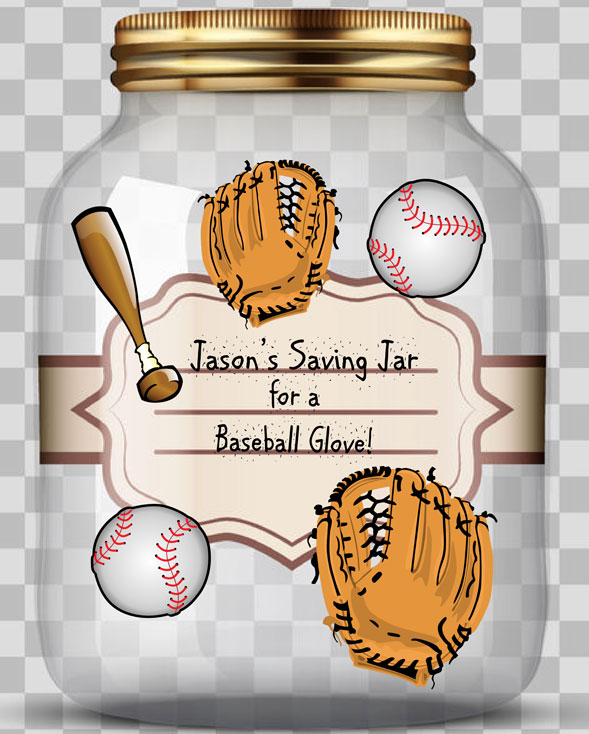
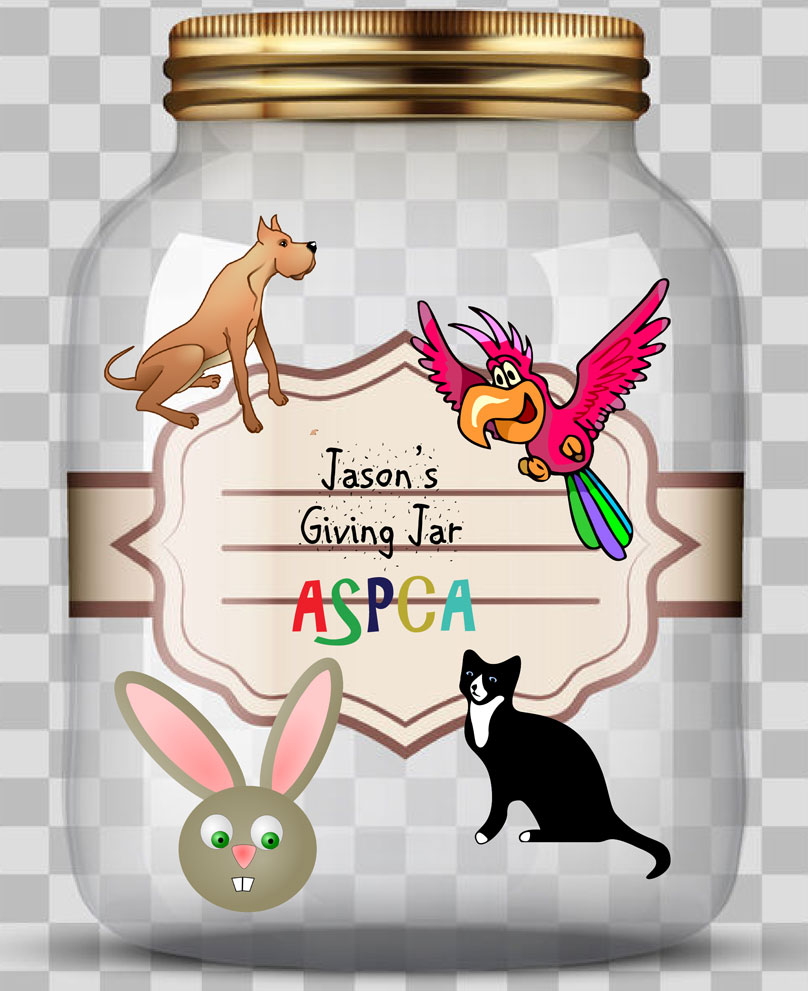
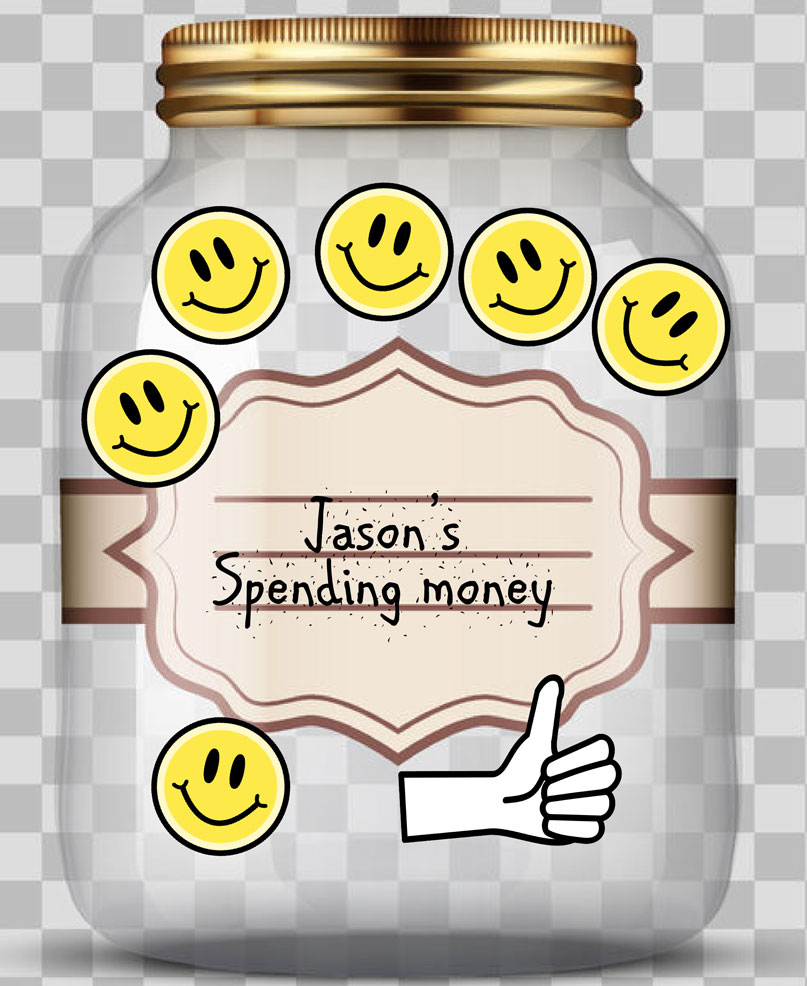
- Save 3 identical bottles or cans from the Recycle barrel (or go to the store together and purchase them).
- Set up a crafts table with paints, glue, paper for cutting shapes, stickers, glitter, etc. Let each child decorate their own 3 bottles in their chosen style or theme.
- Write out labels – one that says ‘Save’, one that says ‘Spend’ and one that says ‘Give’.
- Together, discuss how much money each child has and what it is for – upcoming holidays, birthdays, personal wants or needs, charity, etc. It’s a great opportunity to discuss the ideas of charity and values and to emphasize the importance of saving for the future or for something important to the child.
- Come up with the percentage of money that will be deposited in each of the bottles – for example: 60% to savings/ 30% to spending and 10% to giving.
“Buy and Build a Snowman”
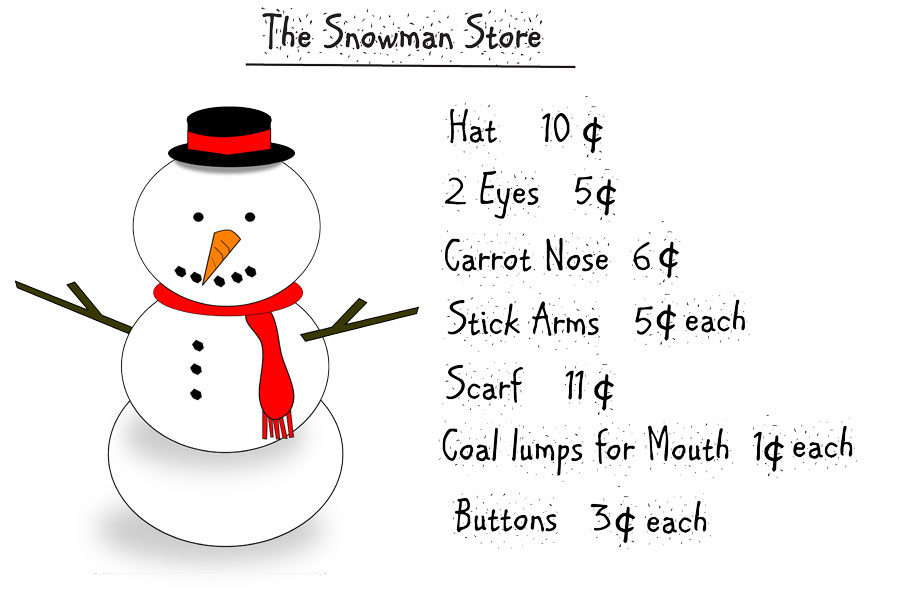
- Materials: coins, construction paper both for cutting out the snowman parts and for each child to glue his or her pieces onto, scissors, glue, buttons, markers or colored pencils, glitter, etc.
- Begin by cutting out the snowman parts – hat, scarf, carrot nose, ‘coal’ dots for the mouth, buttons (if not using real ones, ‘twigs’ for the arms and 2 or 3 white circles – one each small, medium and large. If you are not crafty, kits can be purchased inexpensively on the web. Have extra construction paper available to let each child customize his or her own snowman or snow lady.
- Make a ‘price chart’ showing the cost for each part of the snowman.
- Give the children enough coins to be able to ‘buy’ each item. Beginning with the body circles, have each child purchase the snowman part before adding it to their own snowman creation.
- At the end, have them count up the coins and determine how much the snowman ‘cost’.
“Grocery Shopping”
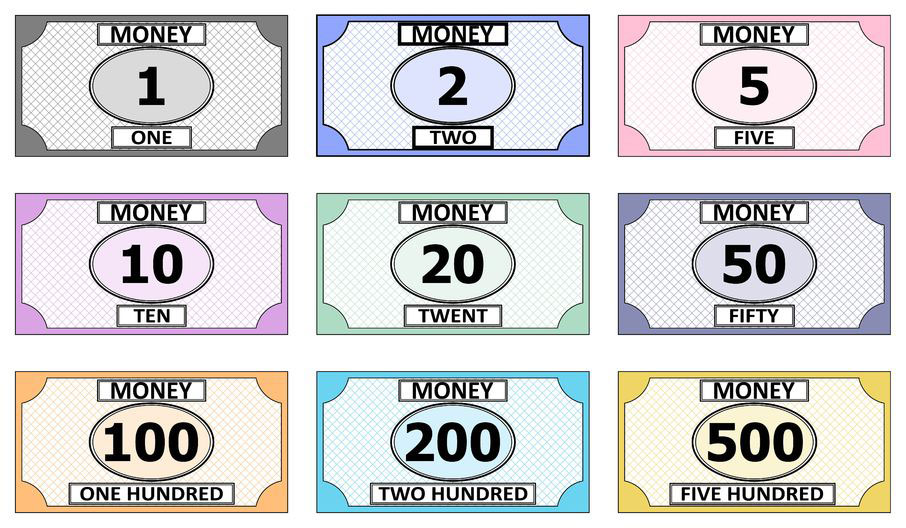
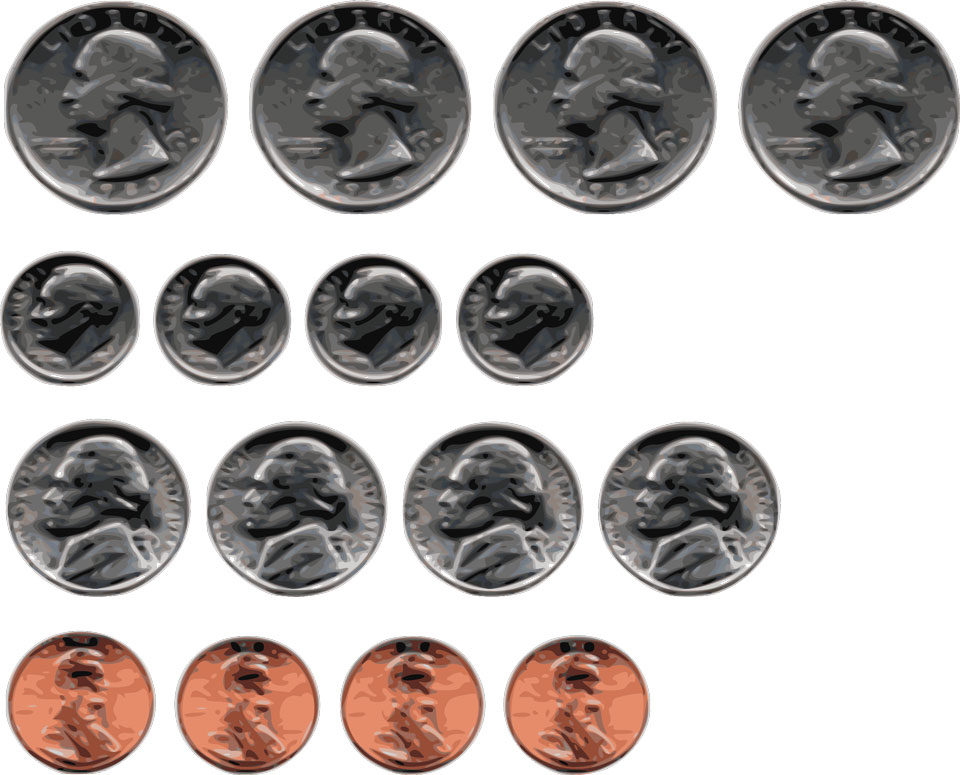
- This game can be done at home or at the grocery store.
- Materials: a small paper pad, a pencil, a calculator for each child, monopoly or other play money, cloth shopping bags.
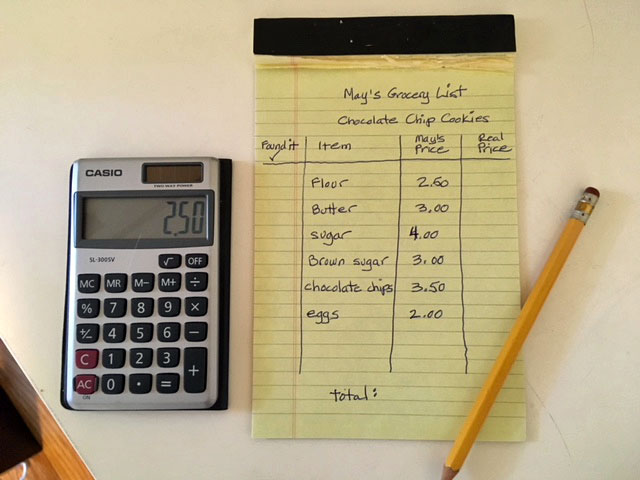
- With your child using the small paper pad, make up a grocery list needed to make a simple desired food item – cookies, sandwiches, etc.
- If they are old enough, ask them to guesstimate the cost of each item they will be buying to come up with a ‘budget’ cost. Have them write down what they think each item will cost and total it.
- If staying home, the parent puts out each item on the grocery list and labels it with a price, if not already labeled. Designate a ‘check-out’ area nearby to the 'shopping' area.
- Put the items out on a table or the counter. Give each a shopping bag, the money they think they will need, and their calculator. Have the child identify the item to buy and enter the price into their calculator. Put the item into their shopping bag. Once all items have been selected, have the child put all of their purchased items on the counter in the ‘check out’ area. Assist the child in totaling the money spent. Help them count out the money needed to purchase the items. Discuss the final cost – is it expensive or inexpensive and where it fits in with the family’s budget and your approach to healthy eating.
- In the grocery store, give each child their shopping list and their calculator. If actually purchasing the items, have them get a grocery cart. Have them find and identify the items they are looking for on the shelves. Help them to compare brands and prices for each item to make their decision as to which to buy. Have them put a check next to the found item on the grocery list and its’ actual price (just in case they lose the item in the calculator’s memory).
- Once all items are found, have the child total the amount spent and count out the money needed to ‘buy’ the food. Do they have enough money to make the purchase? As in the home game, use the opportunity to discuss budgeting, health, and other matters that come up as you are wandering along the aisles.
Have fun!

